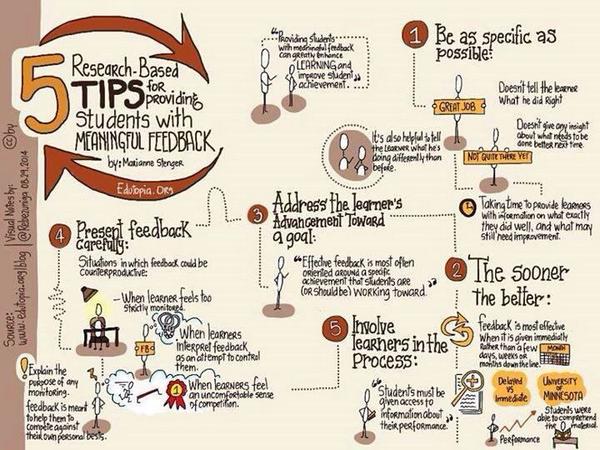This semester (Fall 2017), I’m teaching Math 120: Introductory Calculus for the first time in a while. I’ve been debating introducing a standards-based assessment (SBG) system in the course but decided against it this semester. One of the things I really like about my prior SBG experiences is that SBG allows students flexibility when they need or want it. For example, in the past, I’ve allowed students to re-try quizzes during office hours to demonstrate a higher level of mastery on course topics. I have been trying to find a way to allow more flexibility in my Calculus course in a way that limits the amount of time and work it requires on my end.
I’ve decided to create a course currency system that I’m calling Calculus Tokens. I think the idea of “class tokens” came about from the “specifications grading” community and I’m not even sure where I first heard of this idea. Each calculus student in my course will begin the semester with 10 Calculus Tokens. These tokens can be redeemed, as needed, for a variety of things, like getting an extension on an online homework assignment, making up a quiz due to absence, or even re-trying a quiz in my office to improve a student’s score. Additionally, tokens can be earned by completing extra online assignments or by completing problems on my Study Guides before each test. If students have a balance of 8 or more Tokens at the end of the semester, they will earn a small (1% or 2%) grade boost on their score on the final exam.
I’m hoping this system works. My goals are:
- Allow students flexibility when they miss assignments due to absence;
- Allow students a re-assessment procedure for bringing up quiz grades;
- Allow students who need or want an extension on the homework a method of doing so that is transparent and fair to everyone.
- Let students have more ownership for the course, in the sense that I can be flexible in the direction that benefits them the most (and it doesn’t have to be the same for every student).
I’m not sure about the details of my implementation. The cost of making up a quiz, whether due to absence or just to re-assess, is 3 Tokens. The cost of getting a homework extension is 2 Tokens. Once students reach 0 Tokens, they can’t redeem any more for additional reasons.
I’ll let you know how it goes!

